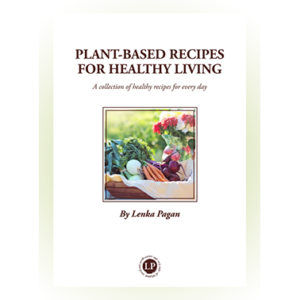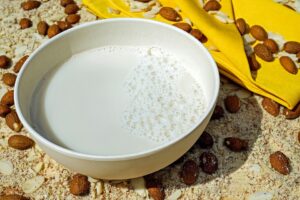
Beetroot: benefits, preparation & juice recipe
Beetroot can come as the traditional deep purple or even yellow or white, but we tend to stick mainly to the purple ones. Beetroot is easy to grow in our climate, having few pests and diseases, it is harvested between June and October and can be easily barn-stored until April.
What are the health benefits of beetroot?
While beetroot contain more sugar than any other vegetable on the table, they are low in calories, fat, and cholesterol.
They are also an excellent source of fibre, vitamin C, magnesium, and folate, which helps make and maintain RNA and DNA cells and prevent anaemia.
Beetroot also contain potassium, which is necessary for building muscle and regulating the heart’s electrical activity, and manganese, which helps maintain muscle and nerve function, build bone strength, regulate blood sugar levels, and promote a healthy immune system.
Betaine, an amino acid in beetroot, inhibits the formation of cancer-causing compounds and is protective against colon and stomach cancer.
How to prepare beetroot?
Clean your beetroot with a scrubbing brush and water. Do not top and tail them with a knife as they will bleed from cuts, losing flavour and colour. If using raw in salads, just peel them with a vegetable peeler.
A little tip: Wash your cutting board, especially wooden one, immediately after cutting beetroot to save it from being dyed purple.
For the best shelf life, leave the roots muddy and store in a paper bag in the fridge or somewhere cool and dark, this way they will keep for several weeks.
Cooking beetroot?
You can roast, boil, bake or pickle it, but I prefer to stir-fry it along with onion, carrots or parsnip and serve it with brown rice or potatoes.
Beetroot just as spinach, rocket and lettuce is also high in nitrates. Research suggests that cooking significantly reduces the available nitrates. Therefore, eating raw beetroot is the best.
Eating beetroot raw?
You can peel, grate or cut into matchsticks or small cubes and use in salads (dress with lemon juice, cider vinegar or olive oil). You can also combine beetroot with other vegetables such as carrots, apples, parsnip, swede, celeriac and cabbage. I love juicing beetroot along with carrots, spinach, kale, ginger, parsley and/or lemon.
Why not to try this recipe below which is from my new book Plant-Based Recipes for Healthy Living and you can download it here: https://lenkapagan.com/plant-based-recipes-healthy-living/
CARROT/BEET JUICE
Ingredients:
3/4 pounds of carrots
1 beetroot
1 handful of spinach
Preparation:
1. Process through your juicer and strain.
2. Drink immediately. Enjoy! 😉
What to do with the juice pulp?
The juice pulp (fibre) that separates from the juice, adds nutrient density to your pasta sauce, soups, stews, many rice preparations, curry and etc.

Download this book for only £2.99!
Get £5 off with this promo code DECEMBER. Hurry, this offer expires this Wednesday 13th Dec.
Download your book here:
https://lenkapagan.com/plant-based-recipes-healthy-living/

Resources:
Autumn and Winter Veg book by Guy Watson and http://foodfacts.mercola.com
Do you like raw beetroot as well? If so, how do you prepare it? Please leave your comments below. 😉
 Previous Post
Previous Post Next Post
Next Post



Howdy! I could have sworn I’ve been to this website
before but after browsing through some of the post I realized it’s new to me.
Nonetheless, I’m definitely glad I found it and I’ll be bookmarking and
checking back often!